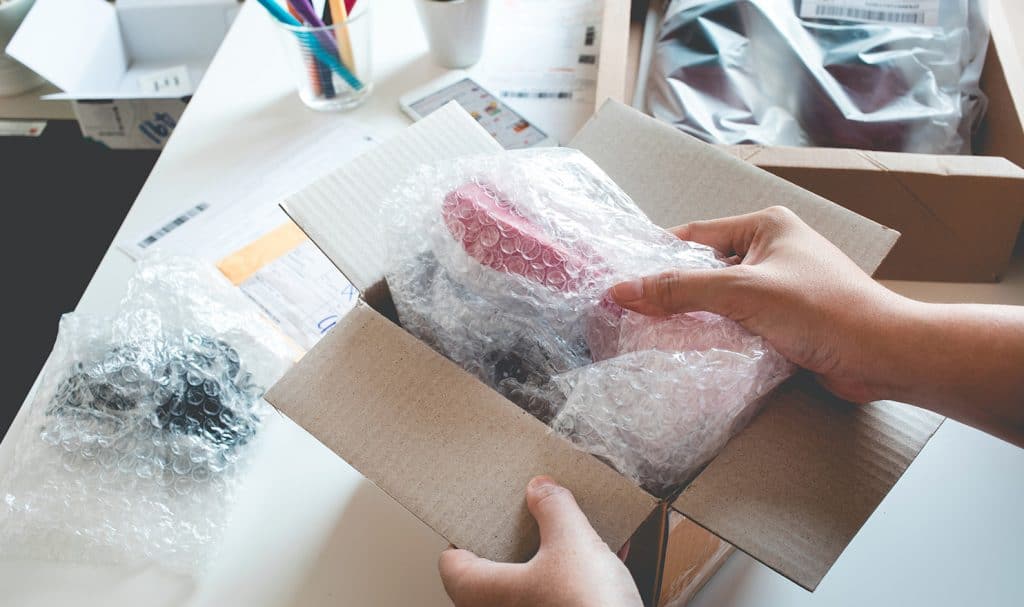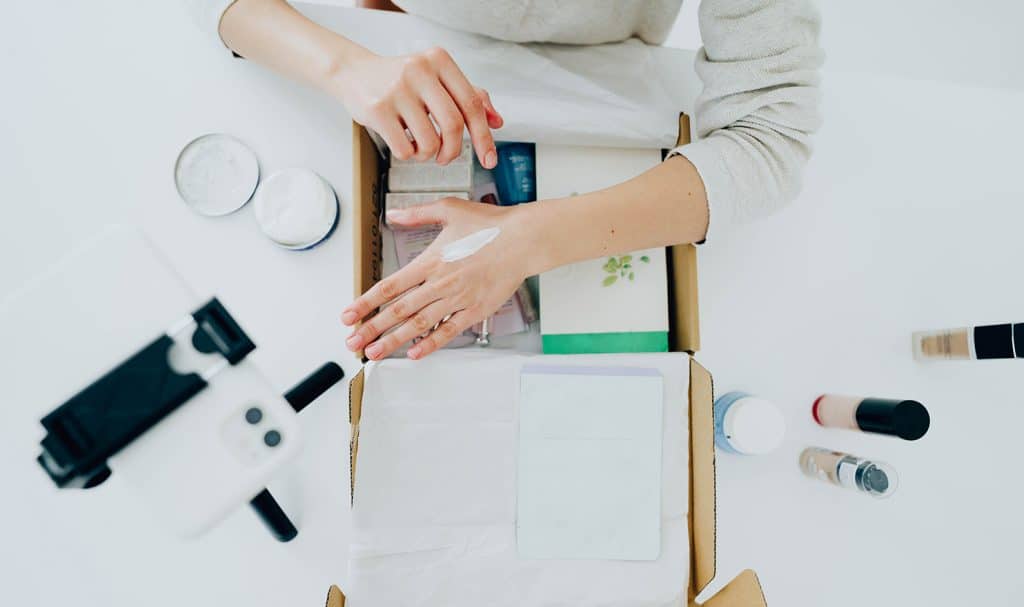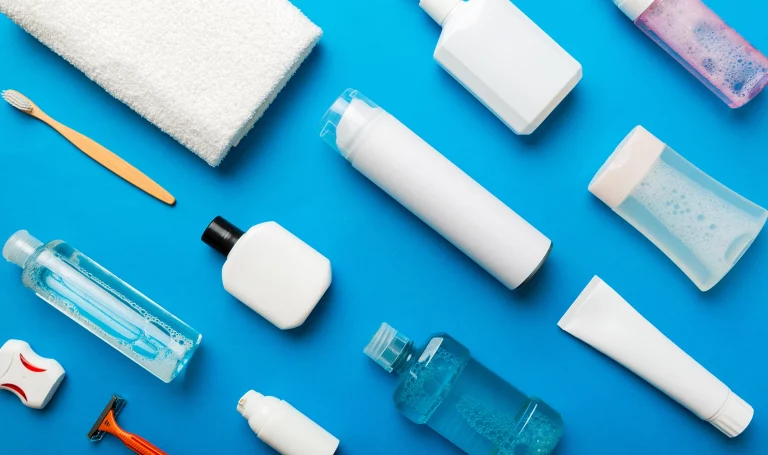If you received a product liability claim tomorrow, would you be ready to pay thousands (if not hundreds of thousands) to cover the costs?
While you may have the funds to do so, the truth is no one wants to pay for a claim or deal with the lengthy legal process that can follow. These unexpected expenses can bring lasting damages to your business’s annual financial plan—especially if you try to handle the expenses on your own.
While all products carry a risk of claims to their own degree, there are ways you can manage them. Product liability risk management helps you lower the likelihood of a claim and defend your product in the event of a claim.
Let’s get a better understanding of what puts your products at risk so you can start strengthening your product liability management.

Common Product Liability Risks
A product liability risk means your product has a high probability of facing customer claims. At Insurance Canopy, the most common types of product liability claims we see each year are from:
- Design defects
- Manufacturing defects
- Marketing defects
Oftentimes a product may not function properly due to a faulty design, such as the placement of a screw that comes loose over time or poor design leading to broken parts. These types of errors can also appear during the manufacturing process, leading to accidents involving customers or their property.
We also see accidents occur when a product has a marketing defect. This means a product was mislabeled, failed to provide proper warnings, or had misleading directions. These defects make it hard for customers to understand the dangers and risks of a product or how to properly use it.
When an accident occurs as a direct result of someone using your product, the customer can take legal action. This means the product caused bodily injury or property damage.
Common product-related accidents include but are not limited to:
- Allergic reactions to materials used in the product
- Choking on small parts
- Fires or explosions from electrical components
- Burns or stains to people or property
- Injuries or death from using a mislabeled product

How To Reduce Product Liability Risk
Now that you know what product liability risks are, it’s time to learn how to reduce them. Failing to do so leaves your business exposed to costly claims that can lead to lawsuits, a halt in operations, product recalls, and damage to your reputation.
It’s good business practice to be aware of your risks and proactive in strengthening your product liability risk management plan. Here are seven steps to help you lower your risks.
Step 1: Product Testing
Whether your product is new or established in the marketplace, product testing allows you to find weaknesses in your design, manufacturing, and marketing of a product.
You can perform consumer testing where people test the products and rate things like functionality and clarity in labels. You can also perform stress tests where your product is tested in different environments and with different uses. This can show you any faults in your design and what accidents could happen as a result of your product.

Step 2: Product Development
Once you’ve identified a defect in your product’s functionality, you can research and develop better designs to reduce or eliminate the defect.
This can help improve a customer’s experience using your product while lowering the chance of it harming them or damaging their property. Upgrades and improvements to your product also help show consumers and partners you care about safety, building trust with them.
Step 3: Quality Manufacturing
Sometimes product defects can come from the manufacturing process. Whether your product is fully manufactured or only uses parts that are, you can still encounter defects during this process. Ingredients or materials used may not be satisfactory, errors in technology used, and a lack of inspections can lead to manufacturing defects.
Establishing a high quality standard for your product can help you find the right manufacturer that meets your needs. Conducting frequent inspections can help you assess the quality of what’s being produced and catch any defects before it ends up in the hands of a consumer. Also having a product recall plan with a manufacturer can help you know what to do if something they use to make your final product is recalled.

Step 4: Product Liability Insurance
Product liability insurance is a type of insurance policy that helps you pay for claims of bodily injury or property damage caused by your product. Oftentimes, partners in the supply chain or retail and etail marketplaces require you to have product liability insurance. This is because everyone involved in the design, production, shipment, and sale of a product can be named as responsible parties in a claim.
Without insurance, you can end up financially responsible for covering medical bills, lawsuit fees, lost wages, repairs or replacements, and more. You also may have to halt business operations and issue recalls, causing you to lose out on product income. Insurance can help you lower or eliminate the amount you have to pay for claims.
Insurance Canopy has helped over 10,000 businesses access top-rated policies, now it’s your turn. Get a free product liability insurance quote by submitting an application today.
Step 5: Transparent Product Labeling
If your product contains ingredients that are toxic when ingested, choking hazards, or specific instructions for use, these need to be communicated through your labeling and instructions.
Having the right labeling helps communicate risks to the customer. This can be vital in defending yourself against lawsuits and claims to show there was no malicious intent on your part. You have a duty to warn customers of any potential harm, and mislabeled products can face legal consequences, lead to serious injuries, or shut down your business.
Step 6: Listen To Customers
The people who use your product can offer the most valuable feedback on the functionality and safety of the product. Listen to what they have to say in reviews, consumer tests, and complaints.
When you take a customer’s feedback seriously, you are communicating to them that you care about their welfare and their opinions. It also gives you a clear understanding of what you are looking for in inspections and what you need to redesign. Have a way for customers to share their feedback with you, whether that’s through a customer services team or a form on your website.

Step 7: Keep Product Records
Should you find yourself facing a product liability claim, having a record of your product helps show you acted with reasonable care for the safety of others.
From design to tests to marketing, a record of the product life cycle illustrates the safety measures and transparency you’ve maintained about your product’s risks. This is why frequent testing and inspections are important.
What To Do If You Find A Product Liability Risk
If you see you could be at risk for product liability claim, then determine which steps can best help you lower your risk. Routinely assessing your risk levels is a great way to help you prevent customer accidents and claims. These steps are meant to help you frequently assess your risks and keep your business on track.
If you already have a product causing claims, then work on resolving and managing the damages. Work with a legal team to navigate through lawsuits and create a plan to handle the claim. Once you resolve a claim, determine what you can do to prevent that incident from happening again and continue to regularly assess your risks.

Strengthen Your Product Liability Risk Management With Insurance Canopy
Every year, thousands of businesses trust Insurance Canopy to safeguard their businesses finances. Our comprehensive coverage allows you to tailor your policy to your needs and only pay for the protection you need.
See what we can do for you by submitting an application for a free insurance quote today. Start strengthening your product liability risk management with Insurance Canopy and breathe easier knowing you’re backed by top-rated coverage.





